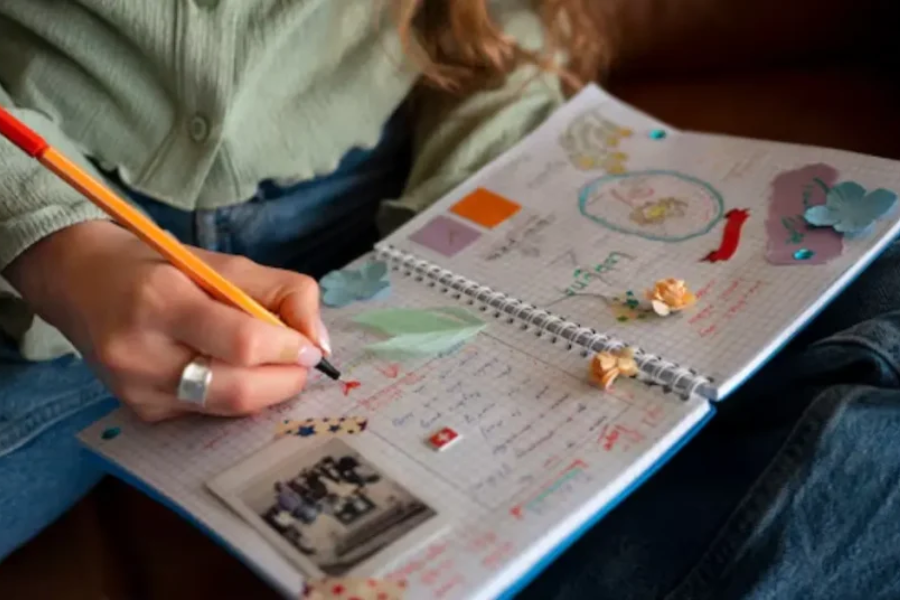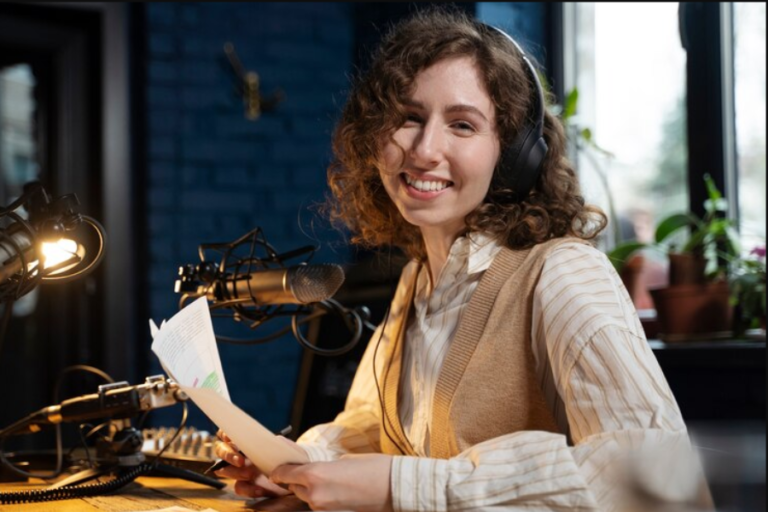Ashley Ann Tahigan: Transforming Narratives Through Visual Storytelling
Introduction
The compelling skill of visual storytelling captivates listeners and gives stories life. Ashley Ann Tahigan, a trailblazer renowned for her distinct and inventive approach to storyboarding, is leading the way in this discipline. Her storyboard book is a goldmine of priceless advice if you’re trying to improve your visual storytelling skills.
Knowing the essentials of good storyboarding will greatly improve your ability to communicate your ideas through eye-catching graphics, whether you’re starting a marketing campaign, an animated short, or a feature film. The way the story and images work together creates an experience that spectators find very moving.
Embark on a journey through Ashley Ann Tahigan storyboard guide and discover the secrets to creating mesmerizing stories through visuals. This investigation will not only help you comprehend the subtleties of storyboarding better, but it will also change the way you interact with your audience and make sure your message is understood by many.
The Importance of Telling Stories Visually
Visual storytelling transforms stories into immersive, captivating experiences that emotionally connect with viewers. It creates emotions that words alone frequently fail to express via the use of composition and imagery.
Images possess the remarkable ability to convey intricate ideas swiftly. A single photo may capture a moment in a manner that words would find difficult to express. An audience-story connection that transcends the constraints of written language is fostered by this immediacy.
Instantaneous communication is facilitated by images in our fast-paced culture when attention spans are short. They capture interest and spark curiosity about what happens next.
Additionally, visuals accommodate various learning preferences. Many individuals find it easier to understand concepts when they are presented through images rather than through written text. This inclusivity expands the audience’s reach and enhances comprehension.
In the end, visual storytelling goes beyond simple beauty; it entails incorporating feelings into stories that stay with audiences long after they have seen them.
Every frame guides viewers through the plot as it develops by highlighting significant events.
At its essence, a storyboard comprises several fundamental elements: scenes, character actions, dialogue, and camera angles. Scenes establish the backdrop for the action, while character actions illustrate both movement and emotion.
Dialogue enriches the interactions between characters, and camera angles provide perspective and emphasis. These elements work together to form a cohesive narrative.
Moreover, pacing is vital in shaping how visual information is conveyed.As the tale progresses, the intervals between the frames give it a rhythm.
Storytellers may develop visually captivating content that connects with viewers on several levels by comprehending these essential elements. A well-thought-out storyboard may transform concepts into vivid pictures that draw in and hold the interest of the spectator throughout.
Leveraging Technology in Storyboarding: Tools and Software
Storyboarding as an art has undergone a transformation thanks to technology in today’s digital society. Pencil and paper were the only instruments used in the past; today, a variety of technologies simplify this crucial task.
With the help of software like Storyboard Pro, which has an easy-to-use interface, artists can swiftly create elaborate frames. Users may easily organise scenes and make necessary alterations using its drag-and-drop capabilities.
Additionally, programs like Canva provide pre-made templates, saving artists from having to start from scratch when visualising their ideas. This flexibility is quite helpful, particularly for people who have strict deadlines to meet.
Cloud-based systems encourage team members to work together regardless of where they are physically located. Workflows become more efficient when modifications are made instantly thanks to real-time feedback.
Using these technology advances to their full potential allows animators and filmmakers to be more creative and organised throughout several phases of production. With the correct tools, storytelling may be improved, allowing for more effective visual communication and an enhanced narrative experience overall.
The Impact of Visual Narrative on Viewers
The way that viewers engage with material is greatly influenced by visual storytelling. Words frequently fail to inspire emotions in the same way that images and visuals do. Thoughtfully included, images give stories life and increase their relatability and memorability.
Visual information may be processed by audiences faster than words. An eye-catching storyboard draws viewers in and leads them through the story’s emotional journey. Every frame acts as a doorway into an alternate reality.
Furthermore, images have the ability to make difficult concepts simpler, removing cognitive obstacles and encouraging connections amongst a variety of audiences. Information retention and viewer engagement are improved by this accessibility.
It is impossible to overestimate the significance of colour, composition, and movement in visual narrative. These components influence the story’s tenor and atmosphere while focussing the audience’s attention on particular themes or takeaways.
FAQs:
1. Who is Ashley Ann Tahigan?
Ashley Ann Tahigan is a prominent storyboard artist and visual storyteller recognized for her innovative approaches to crafting narratives through visuals. Her work often emphasizes the emotional depth of storytelling.
2. What is the main focus of Ashley Ann Tahigan’s storyboard guide?
The storyboard guide focuses on teaching individuals how to effectively visualize their narratives, utilizing key elements such as scene composition, character development, and pacing to create engaging stories.
3. Is the storyboard guide suitable for beginners?
Yes, the storyboard guide is designed to be accessible for both beginners and experienced artists. It offers foundational concepts as well as advanced techniques for enhancing visual storytelling skills.
4. What tools or software does Ashley Ann Tahigan recommend for storyboarding?
The guide highlights various tools and software options that streamline the storyboarding process, including programs like Storyboard Pro and Canva, which help in organizing and visualizing ideas efficiently.
5. How can visual storytelling improve my projects?
Visual storytelling enhances engagement and emotional connection with audiences, making complex ideas more accessible. It allows creators to convey messages in a way that is visually impactful and memorable.
6. Can I apply the techniques from the storyboard guide to different media formats?
Absolutely! The techniques outlined in the guide can be applied across various media formats, including film, animation, advertising, and more, making them versatile for different storytelling platforms.
Conclusion
Ashley Ann Tahigan’s insights into storyboarding offer invaluable guidance for anyone looking to enhance their visual storytelling skills. By blending creativity with effective techniques, her storyboard guide equips artists and filmmakers to craft compelling narratives that resonate with audiences. The power of visual storytelling lies in its ability to evoke emotions and convey complex ideas simply and effectively. Whether you’re a novice or a seasoned professional, embracing the lessons from this guide can transform your projects, fostering a deeper connection with your viewers. Start your journey into the art of visual storytelling today and unlock the potential to tell your stories in captivating new ways.
Keep an eye for more news & updates on Daily Upates!





